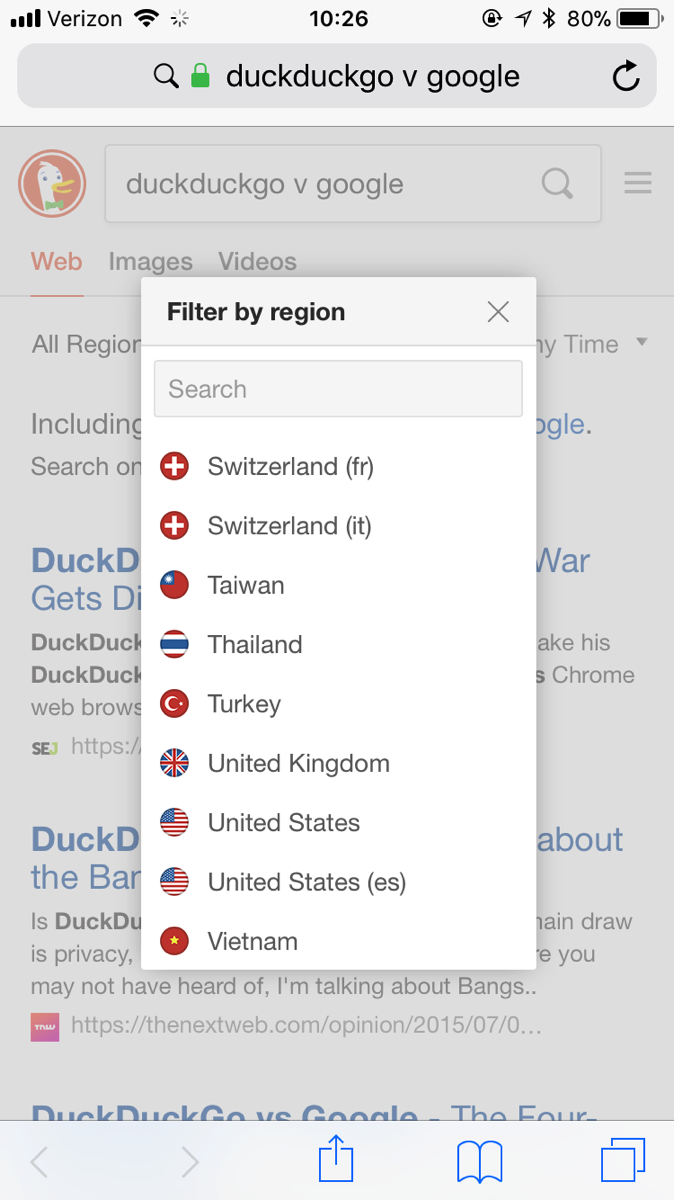I covered this topic more cursorily in an article for NOS Magazine, but I wanted to cover the topic in more depth to help provide web and app designers and developers create interfaces that are accessible to wider groups of readers. While there is no absolute consensus on what makes typefaces accessible, there are some principles worth noting. All the typefaces I’ve listed support Western European languages at the very least, and quite a few also include Greek, Vietnamese and Cyrillic.
Principles of typeface accessibility
- Low stroke contrast can promote readability. Some typefaces that have low stroke contrast include Myriad Pro, Gotham, Helvetica, Arial, and Verdana. Some fonts have comparatively high stroke contrast, like Bodoni and Didot. Times New Roman has a moderate stroke contrast. Proxima Nova, commonly used on the web, a has relatively low stroke contrast except for specific letters, like “a,” in which it’s relatively high.
- Disambiguating between easily confused letters can be helpful for some people. For example, in some fonts, capital I and lowercase l can be easily confused, along with the numeral 1.
- Fonts with open counters (the whitespace between the strokes in letters) can sometimes be easier to read.
- Sans-serif typefaces, like Helvetica, Arial, and Trebuchet MS, are thought to be more readable on screen than seriffed typefaces like Times (New) Roman or Palatino. Seriffed typefaces have little “feet” on the edges of the letters.
Continue reading “Accessible Typography: Over 20 Hints to Make Your Site More Readable”

